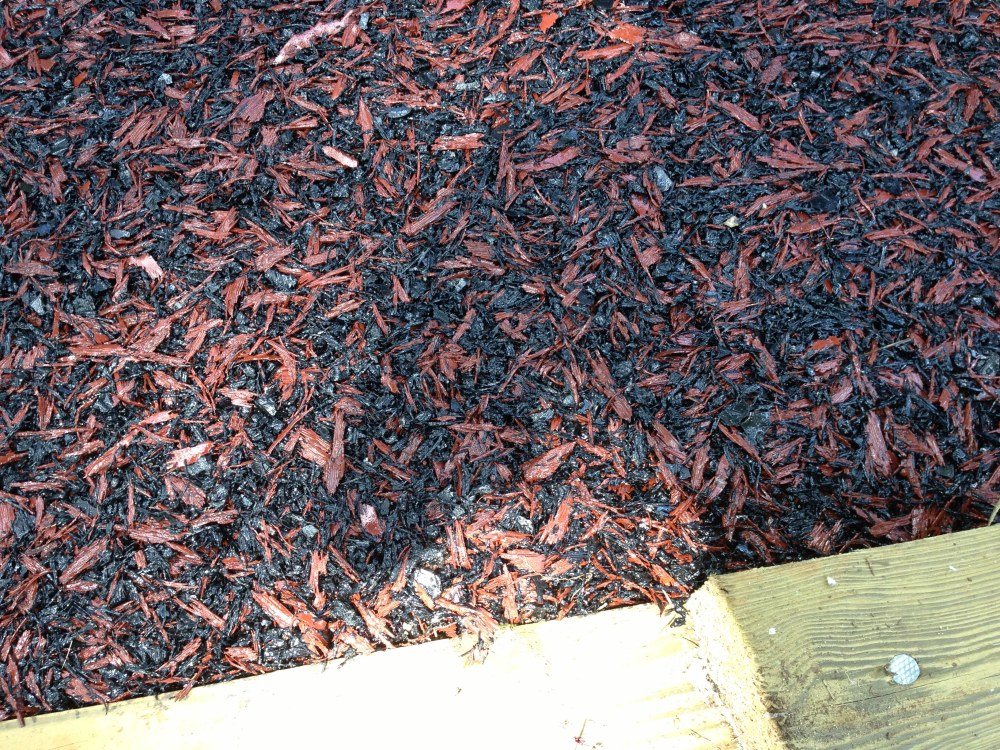Kinda curious how these behave after they "fill" with sediment, etc. and no longer drain very well. The gravel beneath will only work for so long with mud, small rocks, parts of leaves, etc. getting shoved in there all the time.
I work on a lot of civil engineering projects and the hot new buzz product is pervious pavements. The idea is that water can drain through these hard surfaces in areas where installing drainage basins is just not practical for a variety of reasons. In my experience, pervious pavements are worthless. Within a few years, the pavement no longer drains properly because of the sediment tracked onto it - but remember for the most part pervious pavements are rigid.
This rubber on the other hand does not appear to be designed to be pervious - is it? IF not, then sediment being tracked onto it is a non issue. Even if it is pervious I think the very flexible nature of the rubber may work the sediment out of the rubber matrix especially if it is at all wet. I donno...Interesting product nonetheless.
